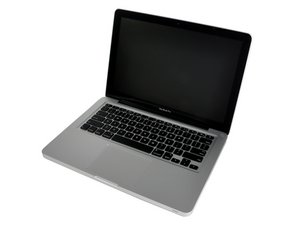Why every time I update X the Mac dies
I just put El Capitan, and work some hours, I check everything and than the final check "restart" and, again is dead.
It's not the first time this happen. When I put the other operational (Y) the Mac died and l need to start HD again.
So this year three times and had another one at the end last year.
I thought was happening because the HD was almost full. So now have 80GB free. Again
The HD is a solid state 500 GB.
What I need to do. Buy another HD?
Is this a good question?


 35
35  329
329  971
971
1 Comment
Who's SSD are you using? Have you checked to see if you need a firmware update? You also may want to check your systems firmware. Follow this Apple T/N: About EFI and SMC firmware updates for Intel-based Mac computers.
by Dan